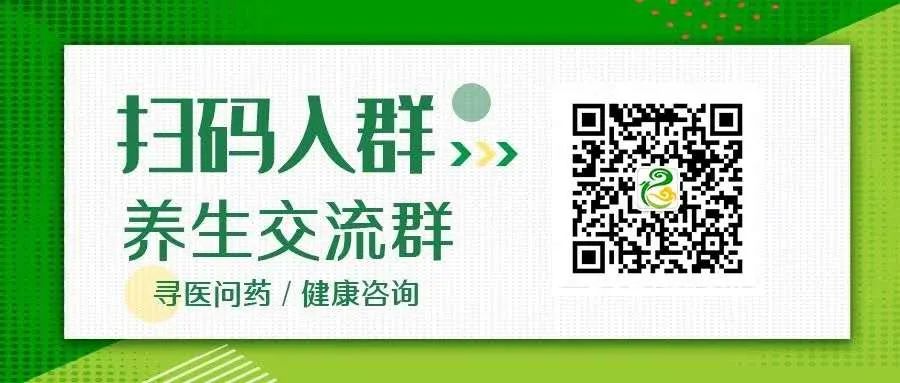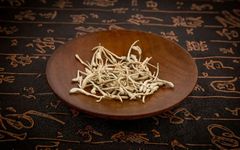This public account is hosted by Yunnan Provincial Administration of Traditional Chinese Medicine. If you have not followed yet, please click the blue “Yunnan TCM” above to follow.
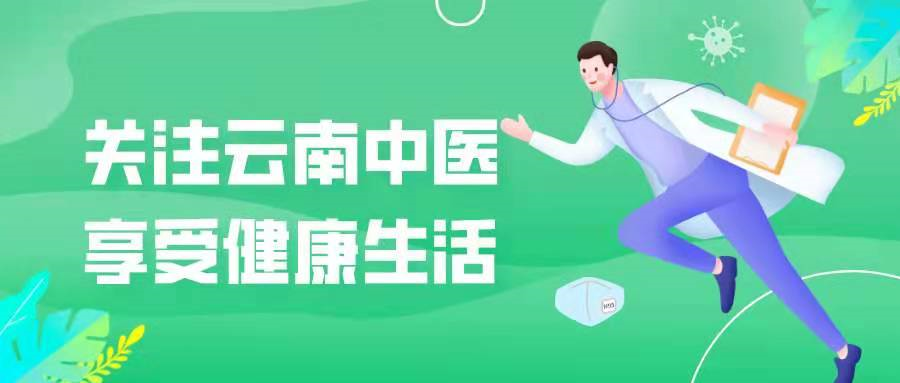
As summer arrives, under the scorching heat, the human body inevitably experiences minor ailments such as sore throat, cough, and red, swollen eyes.
Many people choose to use “antibiotics” to solve these problems. Little do they know, this flower is a natural plant remedy!
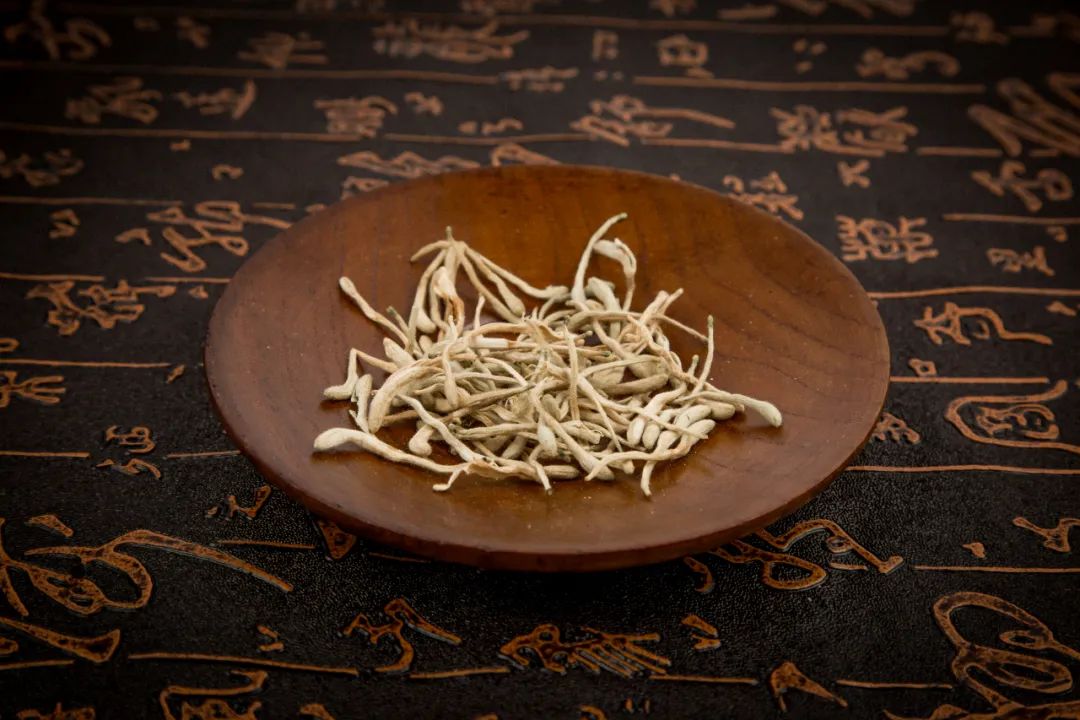
Honeysuckle, a detoxifying flower of summer
Honeysuckle (Jin Yin Hua) is well-known for its use in treating colds, coughs, and pharyngitis.
It is named “Honeysuckle” because it initially blooms white and turns yellow after a day or two, showcasing both colors in one flower.
Honeysuckle has a long history of medicinal use; over a thousand years ago, it was already being used to prevent and treat diseases, classified as a “superior herb” in the ancient herbal text “Shennong Bencao Jing” during the Wei and Jin dynasties.

Honeysuckle, the detoxifying flower of summer
Honeysuckle has a sweet taste and a cold nature, entering the Lung (Fei) and Stomach (Wei) meridians, with effects of clearing heat, detoxifying, reducing inflammation, and alleviating swelling. Its fragrant aroma and sweet, cold nature do not harm the stomach, making it widely used in clinical practice.
1. Dispersing Wind-Heat
Honeysuckle is effective in clearing Lung fire, suitable for symptoms of wind-heat cold, redness, swelling, pain, dizziness, headache, and excessive sweating.
In the early stages of wind-heat cold, one can take 20g of Honeysuckle daily to brew water or make tea, but continuous consumption should not exceed one week.
2. Antioxidant and Vascular Protection
Honeysuckle buds contain a large amount of chlorogenic acid, which not only delays aging and acts as an antioxidant but also reduces cholesterol attachment, providing protection for blood vessels and assisting in the prevention and treatment of cardiovascular diseases.
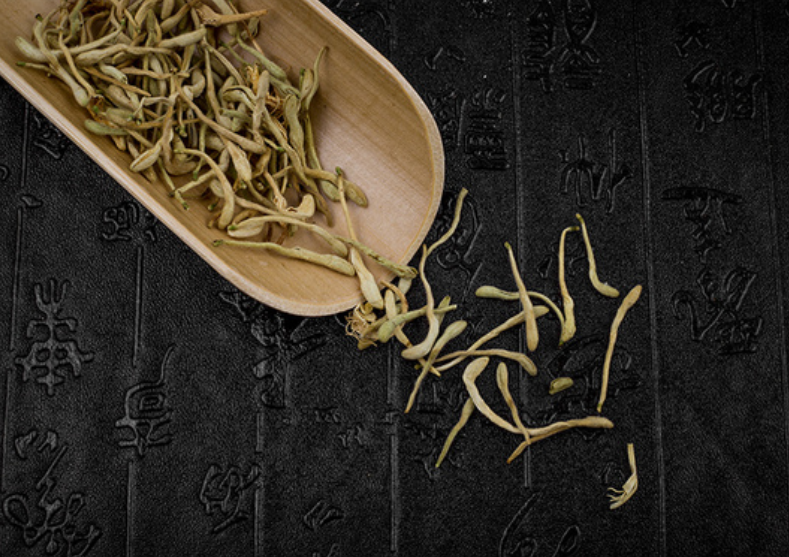

Wonderful Uses of Honeysuckle
1. Stye
A stye, also known as hordeolum, is an acute inflammation caused by bacteria such as Staphylococcus invading the eyelid glands.
[Ingredients] Dandelion 30g, Honeysuckle 15g (reduce dosage by half for children and the weak).
[Method] Boil with water, taking the first decoction internally and using the second for steaming and washing, with each taken twice daily. This formula shows significant anti-inflammatory and swelling-reducing effects within 1-3 days.
2. Chronic Pharyngitis
[Ingredients] Take 5 fresh figs (sliced), 12g of Ophiopogon (Mai Dong), and 20g of Honeysuckle (daily dosage).
[Method] Soak in boiling water for half an hour and drink as tea for 5-7 days.
3. Acute Tonsillitis
Most acute tonsillitis cases are caused by the accumulation of fire toxins in the upper jiao. Therefore, TCM generally adopts a heat-clearing and detoxifying treatment approach.
[Ingredients] 6g of Honeysuckle and 3g of Mint (Bo He).
[Method] Put these two herbs in a cup, pour in an appropriate amount of boiling water, and add a piece of rock sugar. This can also be taken by children.
4. Skin Itching
Common in summer and autumn, characterized by widespread skin itching, heat, severe itching, relief from cold, red skin, hot to the touch, and itching stops after scratching, with irritability, thirst, and exacerbation of itching after consuming spicy foods, with a red tongue and thin white coating, and a wiry rapid pulse.
[Ingredients] 12g of Honeysuckle, 12g of Spiny Restharrow (Ci Zhi Li), and 10g of Honey.
[Method] Put Honeysuckle and Spiny Restharrow in a clay pot with an appropriate amount of water, steam twice, combine the liquid, strain out the residue, and mix in honey to complete.
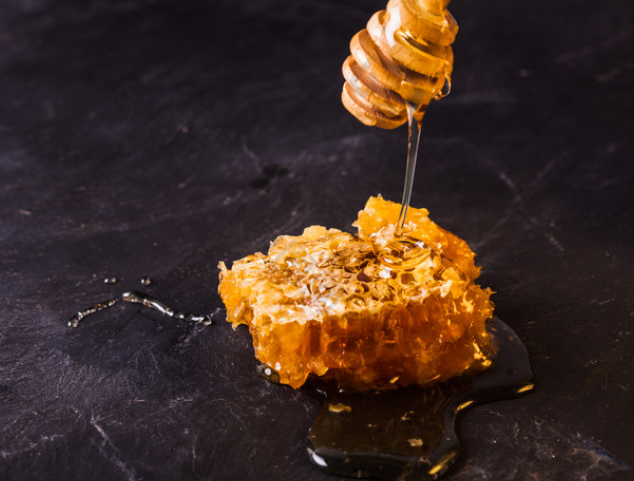

Seven Situations to Avoid Honeysuckle
Honeysuckle is cold in nature; if not used for the right symptoms, it should be used cautiously.
1. Do not take in excess
The medicinal dosage of Honeysuckle should not exceed 15g per single use, and for tea, it should not exceed 5g per single use, and for porridge (soup), it should not exceed 40g per single use.
2. Prohibited during Menstruation
Due to its cold nature, it is best to avoid Honeysuckle during menstruation to prevent adverse effects on the body.
3. Caution for those with Spleen and Stomach Deficiency and Cold
Honeysuckle is a cold herb; for those with a cold-deficient constitution or those who are weak and sickly, it may increase the burden on the Spleen and Stomach, which is detrimental to health.
4. Do not drink overnight Honeysuckle tea
Honeysuckle tea can be brewed two to three times, but it is best not to consume it after overnight storage to avoid health issues due to spoilage.
5. Do not drink cold Honeysuckle tea
Because dual cold can easily lead to diarrhea, it is best to drink Honeysuckle tea while hot to maximize its medicinal effects and nutritional value.
6. Do not drink Honeysuckle tea daily
Honeysuckle should only be taken when experiencing symptoms of “excess heat”; it is best not to drink it daily, as it can harm the Spleen and Stomach.
7. Hepatitis B patients should not take it long-term
Hepatitis B patients should avoid long-term consumption of Honeysuckle tea, as it can easily lead to gastrointestinal discomfort, such as diarrhea, bowel sounds, or poor appetite.
Note
Every year from April to June, large areas of wild Honeysuckle bloom on the mountains, but when picking, be careful not to confuse it with the toxic plant, Gelsemium elegans!
Gelsemium elegans is toxic throughout the plant, primarily containing gelsemine, with the young leaves being the most toxic; consuming a few leaves can be fatal for adults.
According to legend, Shennong died after consuming Gelsemium elegans, leading to its nickname “death grass”.
We can distinguish them by flower shape and color:
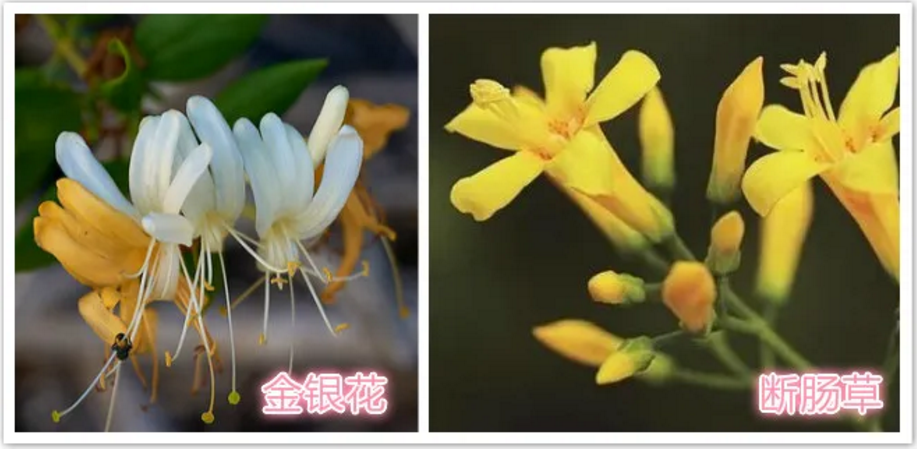
Source: Internet, please delete if infringing
● Gelsemium elegans: The flower crown is yellow, funnel-shaped, and is a fused petal flower, measuring 1-1.6 cm long.
● Honeysuckle: The flower crown is lip-shaped, trumpet-shaped, and is a separate petal flower with a relatively long tube.

Special Reviewer: Zhang Daolan
Attending physician in the TCM department of Kunming Wuhua District People’s Hospital, engaged in clinical TCM work for over 10 years.
Specializes in: Using acupuncture, cupping, moxibustion, acupoint injection, and other TCM methods to treat spinal joint diseases, facial paralysis, sequelae of stroke, acute gout attacks, and common diseases in TCM internal medicine.
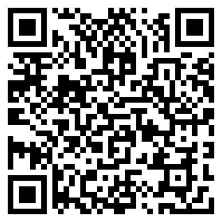
Scan to consult
Copyright Statement
This article is selected from Health China, edited and recommended for publication by Yunnan TCM, copyright belongs to the original author.
Editor 丨 Ma Rou
